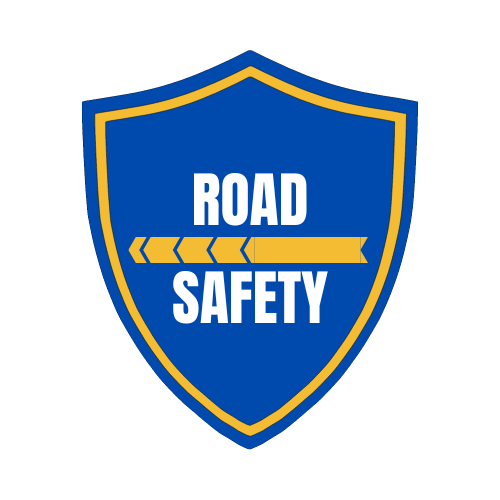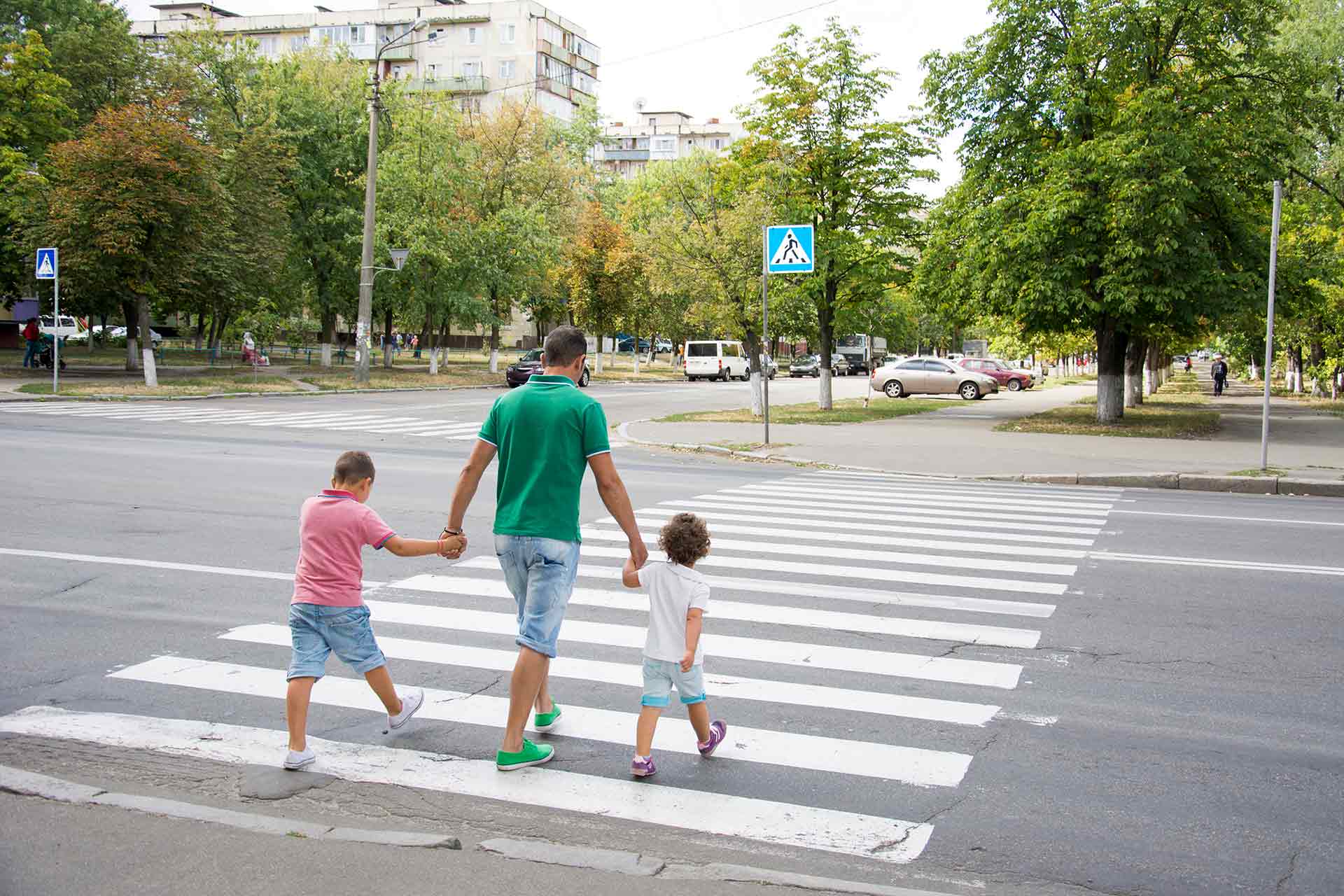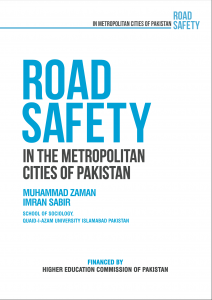Teachers and school always have a tenacious role in shaping the behaviour and personality of children. That is why teaching traffic rules and road safety at tender age in the schools can be very effective. Road Safety of School children has always been a matter of great concern. It had never been a part of formal curriculum, though, has its own importance as a co-curricular activity. The educationists have always incorporated the basic knowledge of road safety with the formal education. Poems like red light red light what do you say… are included in the syllabus of preschool children to teach them about the traffic lights. The most frightful increasing statistics of the mortality and disabilities in road accidents has made it a matter of public health.
Some of the major causes of accidents among young children are:
- Have rapid physical movements which are totally unpredictable and they cross the boundary of safe area very rapidly
- Have small size and mostly are not visible to the drivers of big vehicles specially when they are reversing.
- Mostly consider themselves as grown-ups and behave accordingly
- Being more curious they always want to be closer to the place of action.
- Do not understand the dangers and are more vulnerable to accidents
- Do not have the knowledge and experience of using the roads and therefore often get confused in ever-changing situation on roads.
Habits created in school going years always have a lifelong effect on the personality of children. The teachers can play a very important role in this regard. Real life road situations are the best places to teach traffic rules and safety techniques but at the same time, it is not a safe practice itself. Therefore, a well-considered plan to teach traffic safety at school level can, not only ensures their safety in school days but will also make them abiding by citizens when they will grow up.
Educationists of many developed countries have unanimously designed the ABC formula for road safety that means:
- A for Awareness of road safety
- B for behaviour to keep yourself safe
- C for the right choices for prevention.
Designing a curriculum is the bottom line of every learning plan, an extensive plan including the essentials of road safety can be very helpful in this regard. The teachers are the role models for their students and can play the most pivotal role in this regard. It is very important to teach the language of road safety for the better understanding of the traffic rules. The children should know:
- Who is a pedestrian
- What is Pavement and what it is meant for
- What is Zebra crossing
- Foot Path and its uses
- Traffic Signals
- Seat Belt
- Names of different vehicles like car, bus, truck, carts, rickshaw van etc.
- Knowledge of traffic signs indicating different messages.
While teaching the traffic rules to the children it is also important to explain the relevant details. That is like why to use zebra crossing to cross the road. Walking on the left side of the road helps to see the traffic coming from the opposite side. Using a helmet and knee pads while riding a bicycle saves them from severe injuries. How fastening a seat belt helps. Play area should be far from the busy roads etc. Along with the class room teachings the teachers and the school authorities should arrange short trips to real life situation on the roads side around the school. The drivers and the conductors of the school bus should be well trained to guide and train the children for mounting and dismounting the bus. Not to run with a moving vehicle, keeping distance from the vehicles while riding a bicycle.
In the same way when we are designing the lessons of road safety, we have to keep in mind the absorption level of the children according to their age education level, local culture and geographic situation of their residential area. The school authorities should arrange training sessions for the teachers to teach traffic rules as well. The teachers should keep in mind the following points before planning their lessons:
The Holistic Approach: making sure that the learning of the children is integrated and interconnected thoroughly while designing the curriculum of road safety.
Responsiveness of the Children: the lessons on road safety should be interactive and response evoking that should build confidence and make them strong to face road perils at their own.
Learning Environment: provide the real-life learning environment in the community for a better development of decision making in real situation.
Continuity and Transition: create the opportunities for the continuity of learning through involving the parents and other members of community.
Creating Fun Activities: creating fun activities like some poems, songs, skits, painting competition will be very help full.
Aristotle has said that the perfect feeling of absorption comes through pity and fear, that is when we pity the people suffering a calamity and fear for ourselves if we may not be like them. A very tactful and cautious use of this technique can reinforce the practice of road safety rules. A prudent knowledge about the people who had suffered in road accidents can also enhance the importance of using road safety rules in tender minds. Though, make sure that any child is not having a sensitivity to such incidents due to any past experience.
Children are the most precious asset of any nation, none of them should lose their life or suffer a horrendous injury in a road accident. Schools and teachers should play their role in preventing such miseries by creating awareness and teaching the traffic safety rules to the young children. Road safety is not a subject in the curriculum but is a subject to the safety of society. The emotional closeness of teachers with their students makes them the best resource for the prevention of road accidents and major injuries among the school children.


